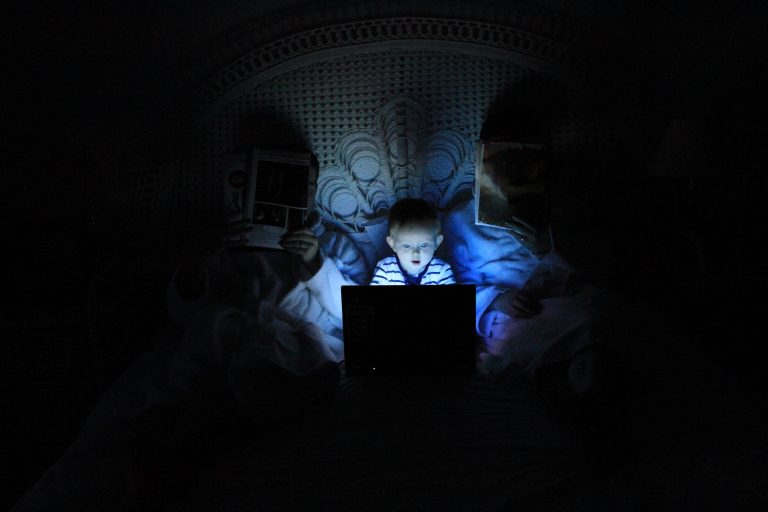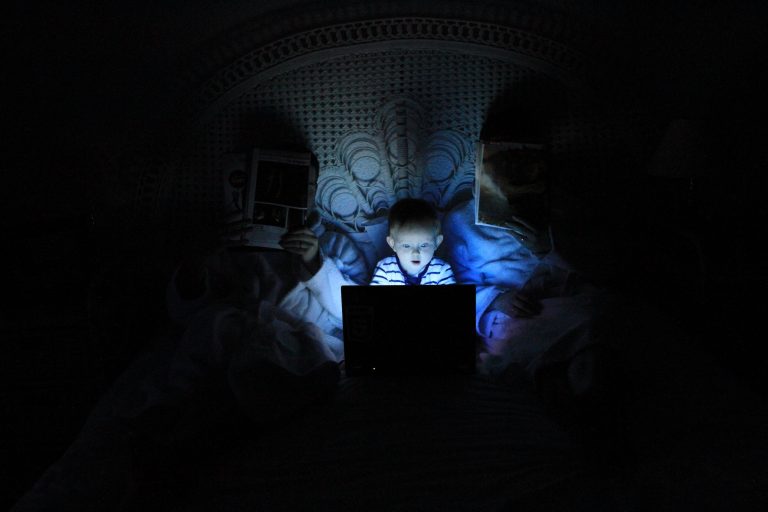How screen time is affecting young eyes

Dry eye is a common condition that is usually experienced by the elderly. However, with a rise in screen time, be it for entertainment or education, we are increasingly seeing symptoms of the condition in younger patients.
Many of us would remember being told by exasperated parents to “move back from the TV or you’ll get square eyes” as we grew up. This may have been somewhat of a myth – and it was probably due to our big heads getting in the way of others trying to watch the telly.
Compared to those times, children’s relationships with the screen nowadays are far more pervasive, complex and, as a recent report from the University of Auckland uncovers, potentially problematic for their eyesight.
The university surveyed a group of 450 young people who used screens for an average of 43 hours per week. The study found that close to 90% showed significant dry eye symptoms, which include a sore, gritty sensation in the eye, redness, and sensitivity to light and open air.
Dry eye is caused by a lack of lubrication in the eye. A limited secretion of oil from the meibomian glands in the eyelids can cause tears to evaporate too quickly. Sometimes, due to inflammation of the eyelids or the skin around the eye, poor quality tears are ineffective in keeping the eye sufficiently lubricated – which means dust and toxins can accumulate in the eye.
“The 20/20/20 rule is a memorable name for our standard advice,” says Dr Rawstron.
The condition is usually more prevalent in those over the age of 50. But, as screen time increases for young people, it appears that the condition is now affecting a more youthful demographic.
According to Southern Eye specialist Dr John Rawstron, the increase is understandable.
“Dry eye is a common condition certainly made worse by increased screen time,” says Dr Rawstron. “When screen time is the main cause, this is also known as ‘Computer Vision Syndrome’”.
Dr Rawstron adds that there are some simple ways to avoid the problem, including the 20/20/20 rule. This advises screen users to look away from the screen every 20 minutes. At this time, they should focus on something 20 feet away (around six metres) for 20 seconds.
“The 20/20/20 rule is a memorable name for our standard advice,” says Dr Rawstron.
“Continuous focusing at a close distance can also cause eye strain, which can add to the dry eye problem,” he says. “Taking a break away from the screen and looking into the distance every now and then gives the eyes some time with a few extra blinks to spread some moisture over the eye surface, while also allowing the focusing muscles of the eye to take a break.”
Current Ministry of Health guidelines recommend fewer than two hours per day for children aged between five and 17. However recent surveys undertaken by the Ministry found that nearly 90% exceeded this.
“The most common treatment for dry eye, if it is becoming a regular problem, is intermittent or regular use of lubricant eye drops,”
Various pandemic lockdowns are one obvious reason for the increase, with socialising, schooling and family connections having to take place online. However, as life returns to ‘normal’, these new habits appear to have taken hold for many.
While dry eye can be avoided with the 20/20/20 rule and through deliberate blinking exercises, Dr Rawstron says that for many over-the-counter treatments can help ease symptoms.
“The most common treatment for dry eye, if it is becoming a regular problem, is intermittent or regular use of lubricant eye drops,” he says. “These are available without prescription from chemists or optometrists.”
Sometimes more intensive treatments are needed however, as always, prevention is better than cure.
When it comes to modern screen habits it pays to remember the advice of yesteryear – move your head away from the screen regularly.
